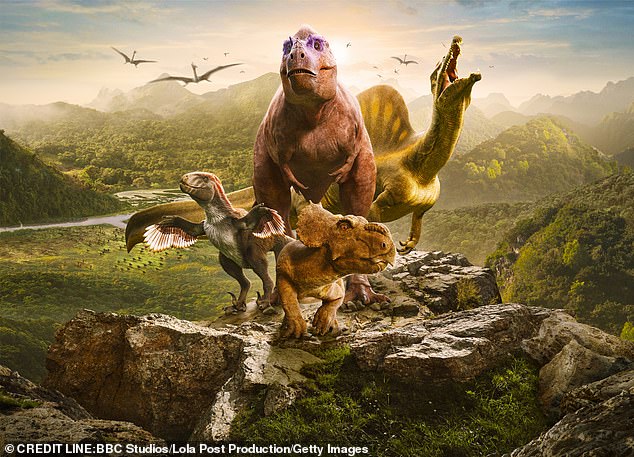
BBC Revives ‘Walking With Dinosaurs’ in Stunning Return After 25-Year Hiatus
25 Years Later, BBC Revives "Walking With Dinosaurs" with New Series
Twenty-five years after Walking With Dinosaurs first stunned audiences with its lifelike T-Rex, Stegosaurus, and Diplodocus, the BBC is revisiting the iconic franchise with a fresh six-part series. This modern reboot blends cutting-edge CGI with real-world paleontology, transporting viewers back 66 million years through the eyes of Clover, a vulnerable, orphaned Triceratops.
Clover’s Fight for Survival
The premiere episode follows Clover, a three-year-old Triceratops separated from her herd in prehistoric Montana. Alone, she faces constant threats from predators like the T-Rex. The episode intertwines her story with modern-day scientists uncovering her fossils in Montana’s Hell Creek Formation—near a T-Rex skeleton. Adult Triceratops weighed up to eight tonnes, but juveniles like Clover were easy prey.
[Image: CGI Clover, a young Triceratops, sniffing the air nervously as a T-Rex looms in the background. Caption: Clover’s isolation makes her a target for predators.]
Science Meets Storytelling
The series highlights groundbreaking fossil discoveries. Clover’s remains, rare for their intact juvenile bones, were found near T-Rex fossils. “Clover’s story is special because predator and prey evidence coexisted,” explains Executive Producer Helen Thomas. The show alternates between dramatic reenactments and documentary footage of paleontologists piecing together clues from the past.
[Image: Paleontologists excavating Clover’s fossils. Caption: Scientists uncovered Clover’s bones near a T-Rex skeleton in Montana.]
A T-Rex’s Fossilized Feast
One standout scene features researchers analyzing a massive coprolite (fossilized feces) measuring 26.5 inches long—likely from a T-Rex. The dung contained bone fragments from prey, offering insights into the predator’s diet. “This coprolite shows the brutal reality of the Cretaceous food chain,” says paleontologist Eric Lund.
Beyond Clover: New Dinosaur Stars
Later episodes will showcase other Mesozoic giants:
binant:
- Spinosaurus: A semi-aquatic predator larger than T-Rex.
- Gastonia: The “spikiest dinosaur,” armored like a tank.
- Lusotitan: A Jurassic-era sauropod stretching 82 feet.
[Image: Spinosaurus hunting in a river. Caption: Spinosaurus dominated waterways with its crocodile-like snout.]
Why This Series Stands Out
The original 1999 series revolutionized dinosaur documentaries with CGI, but the reboot adds a new layer by integrating fossil excavations. “Viewers see the science behind the stories,” says showrunner Kirsty Wilson. Advances in tech allow more accurate depictions, from feathered raptors to detailed ecosystems.
The first episode airs May 25 on BBC One and iPlayer, reviving a prehistoric world for a new generation.
[Image: Side-by-side fossils of Clover and a T-Rex tooth. Caption: Fossil evidence bridges prehistoric drama and modern science.]
Why Dinosaurs Vanished
While the series focuses on dinosaur life, it nods to their abrupt extinction 66 million years ago—linked to an asteroid strike in modern-day Mexico. The impact caused global wildfires, climate shifts, and a mass die-off, paving the way for mammals to thrive.
This blend of storytelling and science promises to make the new Walking With Dinosaurs both educational and thrilling—a worthy successor to the groundbreaking original.
(Word count: ~600)


